Easy Painting Ideas: Transform Your Home with Simple DIY Projects
Table of Contents
Are you looking for easy painting ideas that will transform your space without costing a fortune or requiring professional skills? You’ve come to the right place. Whether you’re a complete beginner or an experienced wall painter, this comprehensive guide will walk you through everything you need to know about painting your home like a pro.
From choosing the perfect paint finish to discovering the latest color combinations, we’ll provide practical tips, budget-friendly solutions, and creative techniques to help you achieve stunning results. By the end of this article, you’ll have the confidence to tackle any painting project and transform your home into your dream home.
Types of Paint Finishes
Understanding paint finishes is crucial to achieving professional results. Each finish serves a different purpose and is best suited to specific areas of your home.
Matte/Flat Finish provides maximum coverage and hides wall imperfections beautifully. It’s ideal for low-traffic areas like bedrooms and dining rooms. However, matte paint can be difficult to clean and shows signs of wear and tear easily.
An eggshell finish offers a soft, more durable sheen than a matte finish while concealing minor imperfections. This versatile option is ideal for living rooms, hallways, and bedrooms where you need a balance between appearance and practicality.
A satin finish offers a silky-smooth appearance with medium durability. It’s ideal for high-traffic areas like kitchens, bathrooms, and children’s rooms because it resists moisture and is easy to clean. A soft sheen can highlight imperfections, so proper wall preparation is essential.
Semi-gloss and glossy finishes offer maximum durability and moisture resistance, making them ideal for interior finishes, doors, cabinets, and bathroom walls. These finishes reflect more light, creating a bright, clean appearance, and also highlight any imperfections in the wall surface.
The key is to choose the right finish for each room’s needs, taking into account factors such as lighting, traffic, and humidity levels.
Best Paint Colors for Every Room
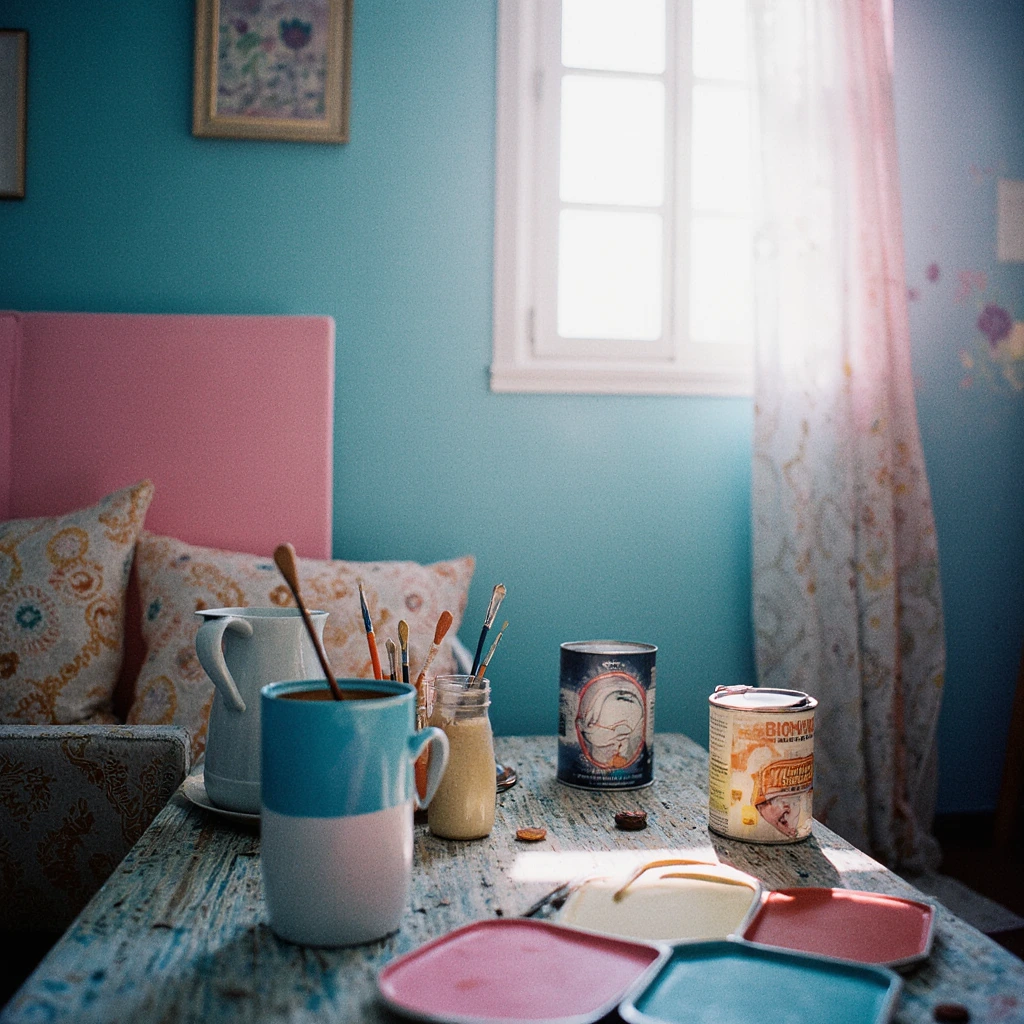
Choosing the right colors for each space greatly impacts the atmosphere and functionality of your home.
Bedroom colors should promote relaxation and restful sleep. Soft blues, calming greens, warm grays, and soothing lavenders create a calming atmosphere. For master bedrooms, consider sophisticated neutrals like light gray or warm beige, as they blend well with various decor styles. Avoid bright, stimulating colors like red or orange in bedrooms.
Kitchen colors should be both inviting and energizing. Warm whites, soft yellows, and sage greens create a fresh, clean feel, while stimulating appetite and encouraging conversation. Dark blues are becoming increasingly popular for kitchen islands and feature walls, pairing them with white or cream cabinetry for a timeless look.
Bathroom colors should exude a sense of cleanliness and warmth, while maintaining good humidity. Light blues, sea greens, and crisp whites create a refreshing atmosphere. For guest rooms, you can choose bolder, deeper colors like charcoal gray or even bold black for a sophisticated touch.
Living room colors form the foundation for your home’s overall aesthetic. Neutral shades like slate gray, warm white, and soft taupe offer flexibility for changing home decor styles. For accent walls, consider rich colors like navy, forest green, or terracotta, which add personality without overwhelming the space.
Paint Color Combinations and Patterns
Creating cohesive color schemes throughout your home requires an understanding of color combinations and current design trends.
Neutral colors remain the most popular choice, featuring combinations like warm white walls with slate gray accents, or soft beige with cream trim. These timeless schemes offer décor flexibility and have high resale value.
Bold color schemes are gaining popularity, particularly bright shades like emerald green, sapphire blue, and rich burgundy. When using bold colors, balance them with neutral elements and plenty of natural light to avoid cramping spaces.
Pastel combinations are ideal for bedrooms, children’s rooms, and bathrooms. Think soft pink with mint green, or lavender with pale yellow. These muted colors create a calm and cheerful atmosphere.
Monochromatic styles use different shades of the same color family, creating sophisticated and coordinated looks. For example, combining light gray walls with charcoal accents and white finishes adds depth while maintaining harmony.
Current trends in the United States favor warm earthy tones such as terracotta, sage green, and mushroom gray, while European preferences favor muted blues and elegant grays. Seasonal considerations include warm colors for fall and winter spaces, and light, bright colors for the fresh atmosphere of spring and summer.
DIY Painting Tips
Successful painting depends on good preparation, the right tools, and good technique.
Essential tools include high-quality brushes (a slatted brush for trimming and a flat brush for finishing), premium paint rollers of the appropriate length, masking tape, drop cloths, paint trays, and extension poles for high areas.
Preparation Steps are essential for professional results. Thoroughly clean walls, fill holes and cracks with filler, sand rough areas, and apply a primer if the colors have changed significantly or if the paint has overgrown stains. Remove plug and switchboard covers, and protect floors and furniture with drop cloths.
Professional techniques include trimming the edges first with a brush, then painting the walls in overlapping W or M patterns to ensure even coverage. Work in sections while the paint is still wet to avoid any joints. Apply thin, even coats rather than trying to cover everything in one thick stroke.
Common mistakes to avoid include skipping primer when needed, using cheap brushes that leave streaks, removing painter’s tape after the paint has completely dried (which can peel off the paint), and rushing the process without allowing enough drying time between coats.
Cost Breakdowns and Budget Tips
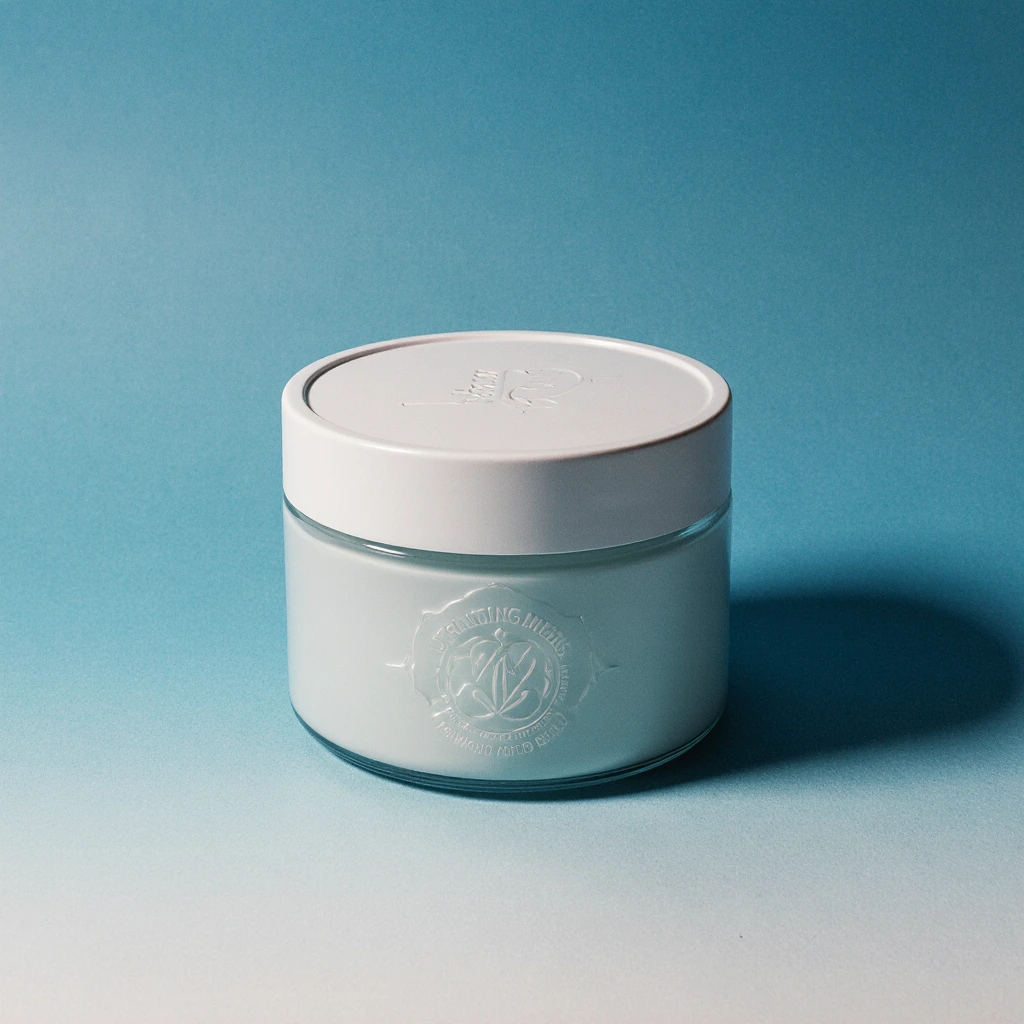
Understanding your painting costs helps you budget effectively for your project.
Estimated costs per room typically range from $200 to $500 for an average-sized bedroom, $300 to $700 for living rooms, $150 to $400 for bathrooms, and $400 to $800 for kitchens. These estimates include paint, primer, and basic supplies for DIY projects.
Money-saving strategies include purchasing paint during sales, purchasing larger quantities to get a better price per gallon, and using paint calculators to avoid overbuying. Consider using a paint and primer combination to reduce material costs and application time.
Budget-friendly options include using high-quality paint in key areas while choosing a standard paint for cabinets and storage areas. Focus your budget on high-traffic areas that need durability and save on less-used spaces.
Eco-friendly considerations include choosing low- or zero-VOC paints to improve indoor air quality, properly disposing of paint scraps at recycling centers, and considering paint made from recycled materials.
Paint Trends and Inspiration
Keeping up with the latest paint trends ensures a fresh, modern home.
Trend colors for 2025 include warm, earthy tones like sage green, terracotta, and mushroom gray. Digital lavender and soft coral are emerging as trending accent colors, while classic navy blue continues to be popular in kitchens and bathrooms.
Popular techniques include immersing walls, trim, and ceilings in the same color, creating feature walls with geometric patterns, and using textured painting techniques like sponge or fabric draping for added appeal.
The influence of social media has made radical transformations easier, with before-and-after photos inspiring homeowners to be more adventurous with their color choices. Pinterest and Instagram showcase real homes with doable paint projects that even everyday homeowners can replicate.
Regional preferences show that coastal areas favor shades of blue and white, while inland areas favor warm, earthy tones. Urban apartments often feature eye-catching accent walls, while suburban homes tend toward classic neutral colors suitable for resale.
Common Home Painting Mistakes
Avoiding these common mistakes will save you time, money, and effort.
Surface preparation errors include painting over dirty walls, skipping a primer coat when changing from dark to light colors, and not filling holes properly. These errors almost always show up in the final result and may require a complete repaint.
Color selection errors occur when choosing colors based on small cracks in the paint or without taking into account the room’s lighting. Always test colors on large sample areas and observe them at different times of the day before starting.
Application problems include overloading brushes and rollers, paint drips and uneven coverage, using worn tools that leave streaks, and not maintaining a wet edge while painting, which can result in obvious overlap marks.
Timing problems, such as removing masking tape too early or too late, not allowing enough drying time between coats, and painting in high temperatures or humidity, can ruin a good job.
Tool and cleaning errors include not cleaning brushes thoroughly between uses, using the wrong brush or roller for certain paint types, and not adequately protecting surfaces, which can lead to paint splashing.
How to Maintain Painted Walls
Regular maintenance prolongs the life of your paint and keeps it looking fresh.
Regular cleaning involves cleaning your walls monthly with a microfiber cloth or vacuum brush. For washable finishes, use mild soap and water with a soft sponge, working from the bottom up to avoid streaking.
Touch-up techniques require preserving any remaining paint for future use and storing it properly in airtight containers away from high temperatures. When touching up, blend the edges of the new paint into the existing paint to avoid visible stains.
Preventing damage includes using furniture cushions to prevent scratches, installing chair rails in high-traffic areas, and treating stains immediately before they set.
Repainting timing depends on the room’s use and the quality of the paint, but generally every 3-5 years for high-traffic areas and 5-7 years for bedrooms and lightly used spaces. Signs of repainting include fading, cracking, or permanent stains that are difficult to remove.
Conclusion
Painting your home doesn’t have to be stressful or expensive. With the right knowledge of finishes, colors, and techniques, anyone can achieve professional results. Remember that good preparation is half the battle, quality tools make a world of difference, and patience always pays off.
Whether you’re renovating a single room or painting your entire home, these easy paint ideas provide the foundation for creating spaces you’ll love. The key is to start with a clear plan, choose the right materials for each area, and take your time to get the job done.
Try these paint ideas in your next home renovation and let us know in the comments how it turned out. Sign up for more home decor guides that will help you create the perfect living space on any budget!
Best Amazon Picks :
FAQs
What is the best paint for bathrooms?
Semi-gloss or satin-finish paints are best for bathrooms because they’re moisture-resistant and easy to clean. Look for paints specifically designed for high-humidity areas, and always use a high-quality primer to prevent peeling and mold growth.
How long should paint dry before applying another coat?
Most paints require two to four hours between coats, but check your paint label for exact timing. Factors such as humidity, temperature, and ventilation affect drying time. The paint should be dry to the touch and not sticky before applying the next coat.
How do I choose a color that matches my furniture?
Bring fabric swatches or photos of your furniture when choosing paint colors. Consider whether you want a wall color that complements or contrasts with your furniture. Neutral walls provide flexibility for changing furniture, while color coordination creates a harmonious look.
Can I paint dark walls without a primer?
While some high-quality paints claim to cover dark colors in one coat, using a primer always produces better results. Primer ensures accurate color representation, better coverage, and a longer-lasting finish. This is especially important when transitioning from dark to light colors.
What is the most cost-effective way to paint multiple rooms?
Plan your project to paint similar colors together, buy larger quantities of paint at a better price, and focus on one area at a time to avoid waste. Consider paint and primer combinations, and invest in high-quality tools that you can reuse in future projects.

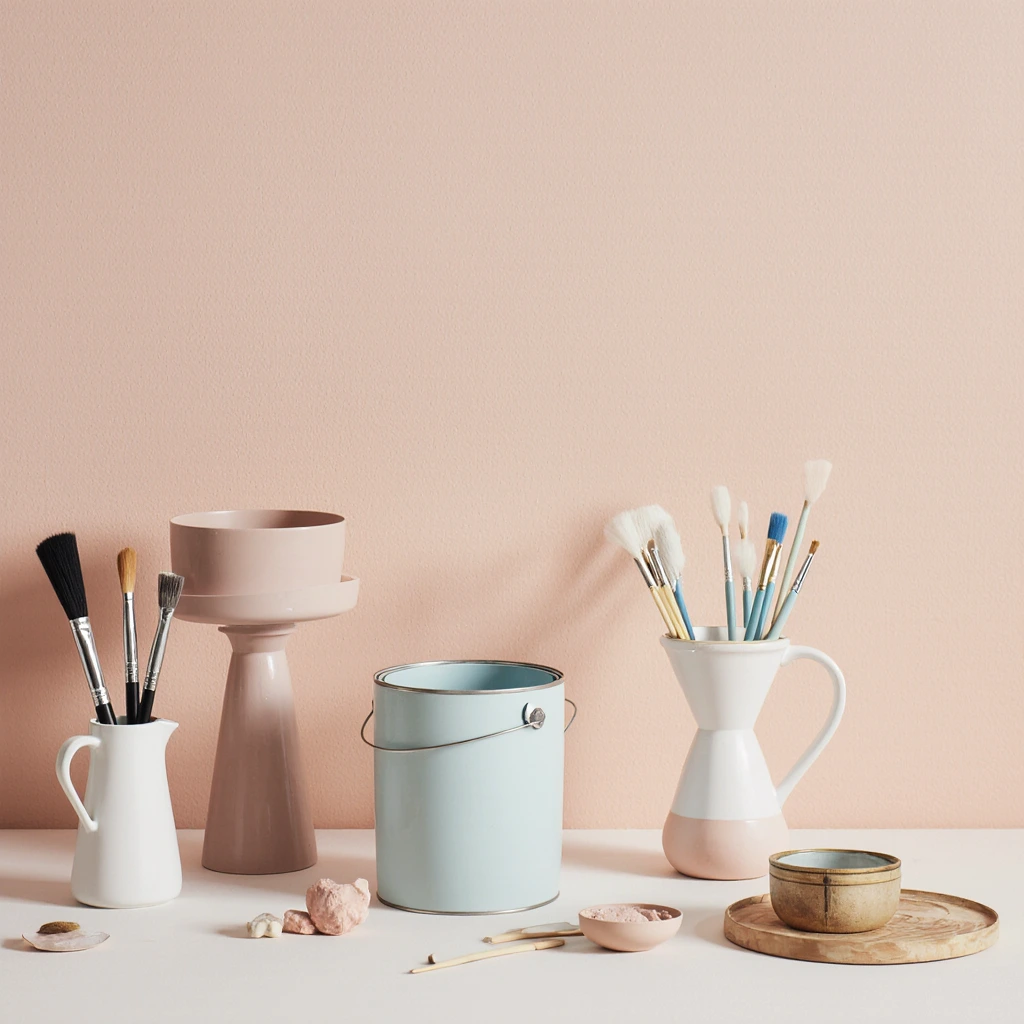
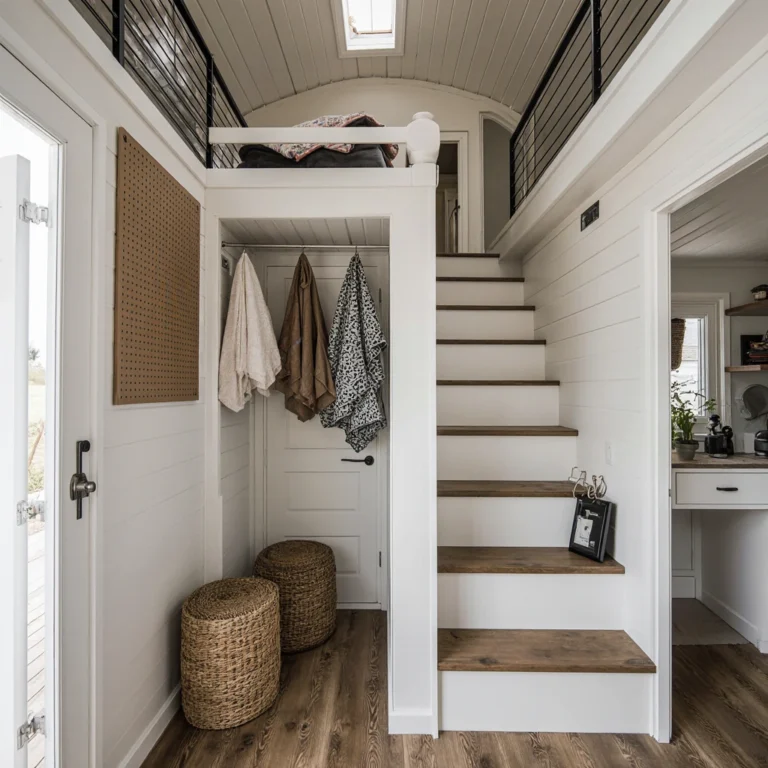
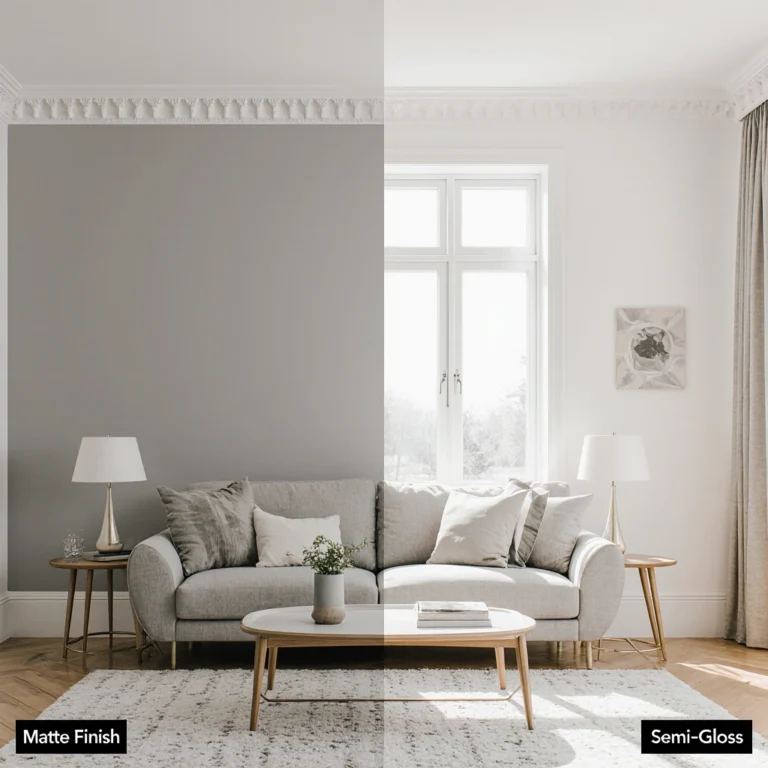
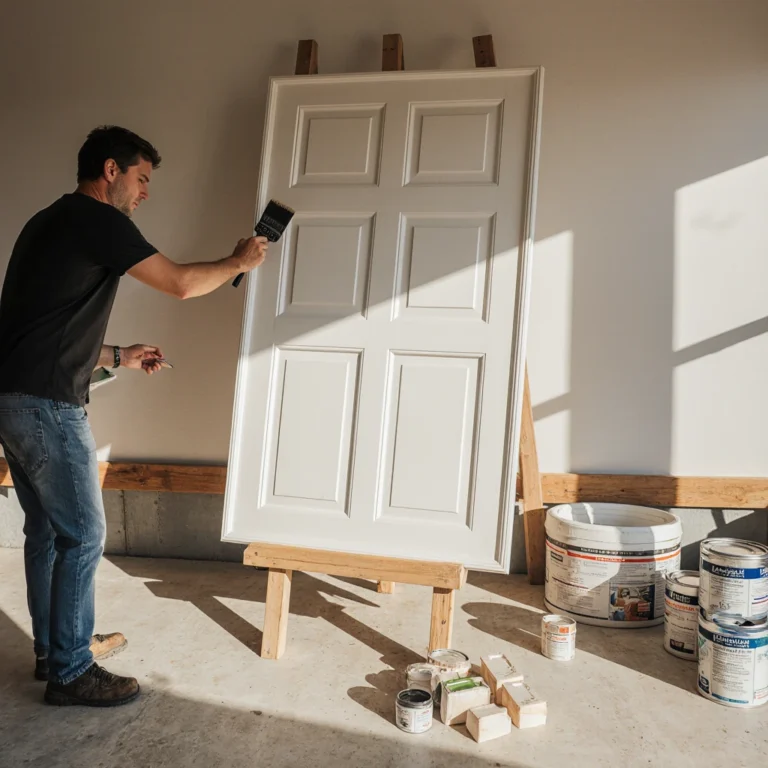
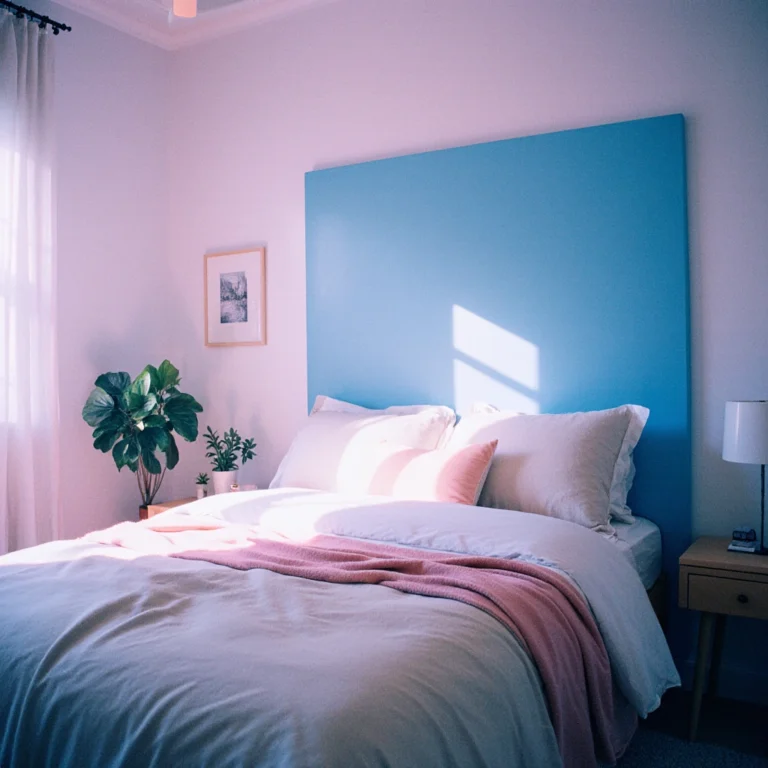
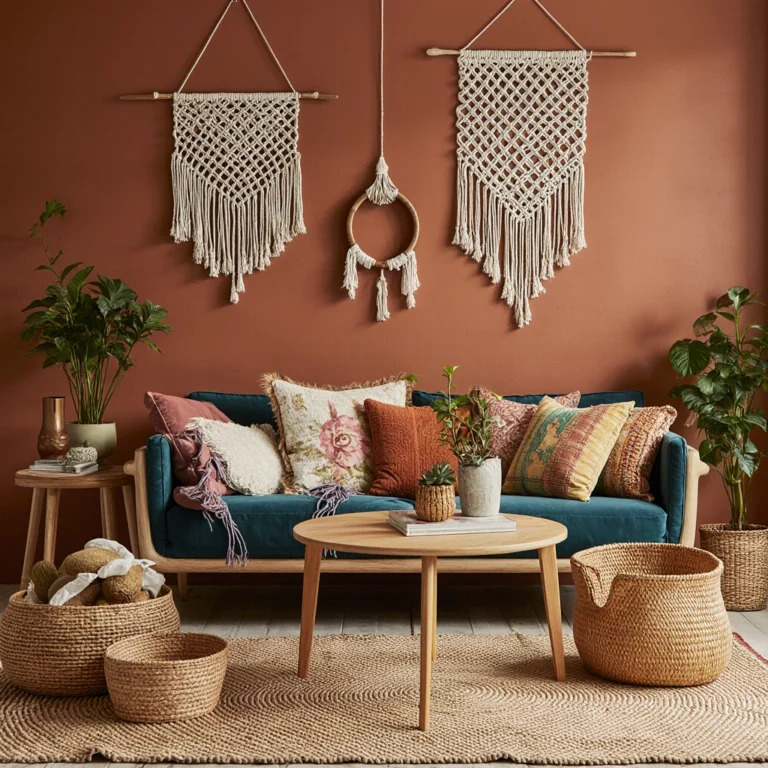
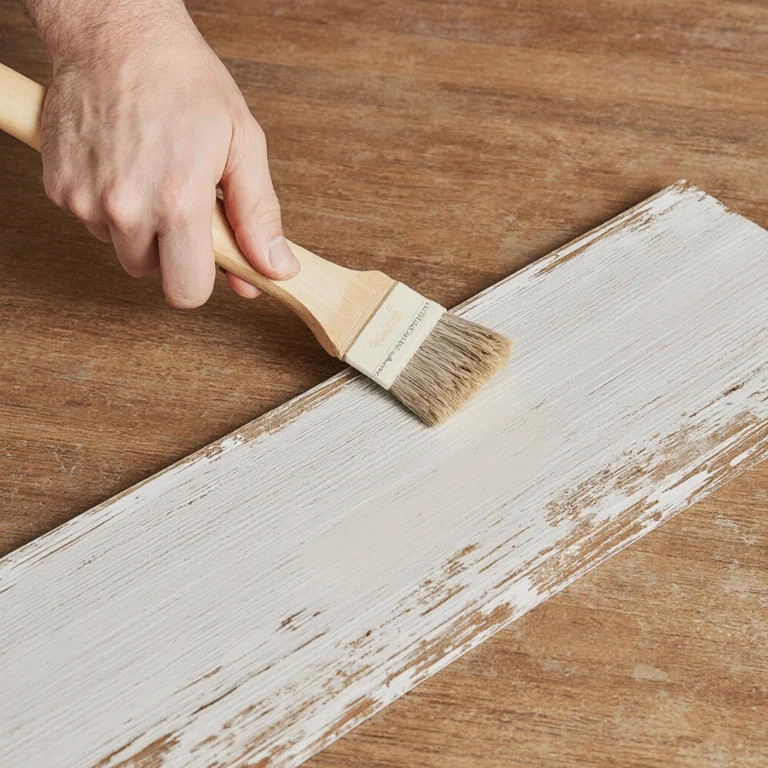
2 Comments
Comments are closed.